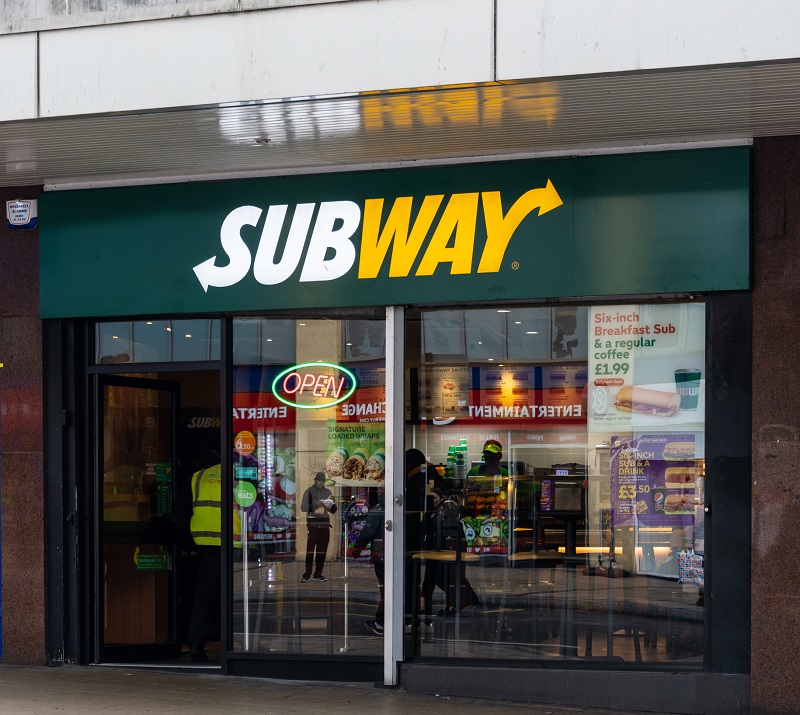The Most Successful Franchises Know Their Competitors
Published on August 18, 2017Share Tweet Share
A sign of a successful franchise system is knowing your competitor’s franchise offering. When we speak with top performing franchisor executives regarding their success, a common response was how well they knew their competitors. This knowledge was the result of hard work on the part of the franchisor and its franchisees. It means that each competitor is analyzed. It requires knowing how the key components of competitor Franchise Disclosure Documents compare to your franchise.
Knowing which franchises are a threat to your franchise growth and development requires diligence and having the right information. No franchise program is so unique it’s impervious to competition.
The most effective and productive way to know how your franchise compares to competitors is to use data from Franchise Grade. There are two types of competitors that franchisors should know: direct competitors; who represent franchises in their own business segment and indirect competitors; which represent franchises in a related segment. For example, in the Children’s franchise sector, children’s fitness and enrichment programs could represent direct and indirect competitors of each other.
The first step towards knowing your competitors is to identify franchises that most closely compare to yours. You can do an analysis of their FDD’s which is time-consuming or use our Franchise Intelligence platform. One key product is called Compare.
This product allows you to understand:
- How you compare to top franchise competitors in the key performance areas
- Which areas of your franchise you need to improve on
- The parts of your franchise program that you’ll want to emphasize and promote to candidates
- What areas sets you apart from your competitors such as fees, territory, franchise term, etc.
If you use a third party like Franchise Grade, you’ll have the advantage of objectivity. This is important to prospective franchisees.
Franchisors compete with other franchisors for the same investment dollars. It’s vital that a franchisor is aware of their competitors and how their franchise compares to them. This process is needed to construct a successful franchise marketing strategy. Any franchise expansion strategy should follow the lead of the most successful franchises. Be sure to know your competitors and find the data to help you promote your investment value to stand apart from them.
Not sure how much can you afford?
Fill out our Franchise Affordability Calculator


Voyage Franchising
Related Articles
Open Your Own Independent Business or Buy a Franchise?
From the outset, you’ll have some obvious questions you’ll need to ask yourself before you can start formulating your own strategy to begin your venture.
New York Times Investigates Subway’s Abuse of Franchisees
New York Times investigation into the use of questionable practices by one its Franchise Development Agents that culminated in the agent acquiring two of a franchisees Subway stores.
The Fall of A Giant – Are Subway’s Healthiest Days Behind Them?
Not even a decade ago, Subway was the champion of healthy eating. In fact, they were the largest fast food chain in the world.
What Sub-Franchising Really Means
Sub-franchising is frequently confused with other franchise models, including area developers, master franchisors, regional developers.
Maximize Market Penetration and Branding with Multi-Unit Franchisees
Multi-unit franchising grows in popularity, in the Quick Serve Restaurant sector, this model continues to expand into other franchise sectors in popularity.
The Top 10 Franchise Grade Facts & Figures From 2017
Detailed studies on emerging franchise success rates, errors in Item 20 disclosure and sector performance, Franchise Grade’s reports help you.
A Road Block to Franchise Growth is Right Under Your Nose
New franchise growth is the top priority for emerging franchise brands. Many of these franchises have an obstacle on the road to more franchise locations.








